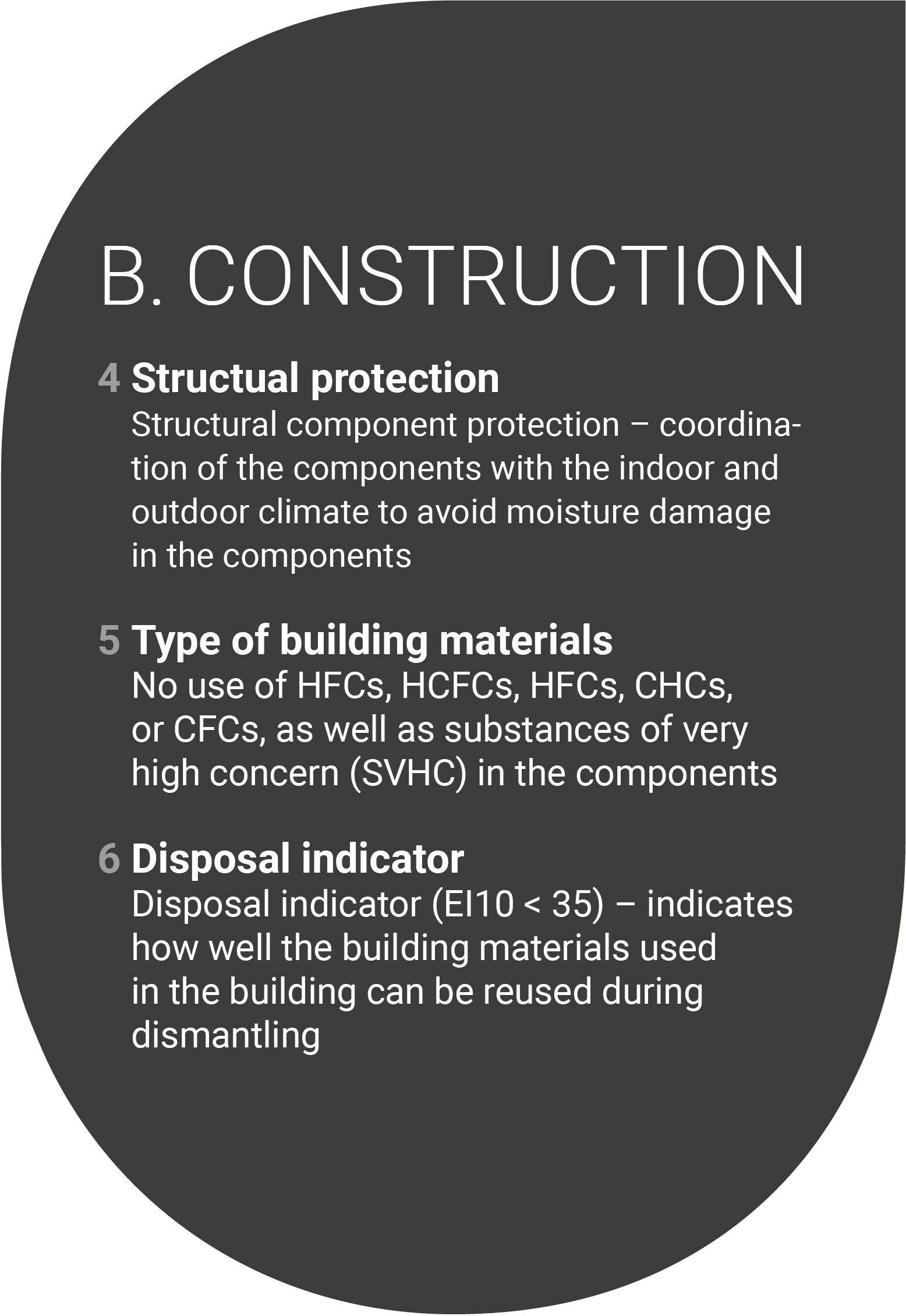Zero Edition is an assessment institute for avoiding transition risks in real estate financing. The aim of the institute: The property value of the assessed buildings should not decrease in the future due to political measures, technical progress and changing market sentiment.
The European Central Bank has already set out its supervisory expectations in this regard in 2020. The ECB's perceived transition risks essentially relate to the changes brought about by climate protection.
In April 2024, the European Court of Human Rights confirmed in a ruling that climate protection is a human right.
In the next three decades, the building stock in Europe will have to be made emission-free.
THE ECB’S EXPECTATIONS
The European Central Bank (ECB) has defined 13 expectations on how financial institutions should deal with climate and environmental risks. These expectations are not binding but form the basis for the supervisory dialogue between the ECB and financial institutions. To meet expectations 8 and 13, banks need building-specific expertise, which the Zero Edition Institute can provide.
Expectation 8: When managing their credit risks, institutions should incorporate climate and environmental risks at all relevant stages of the lending process and monitor the risks in their portfolios.
Expectation 13: For the purposes of their regulatory disclosures, institutions should publish meaningful information and key metrics on the climate and environmental risks they consider important.
EVALUATION CRITERIA
1. Zero emissions in mobility
To make mobility emission-free, the volume of traffic must be reduced. It is assumed that, as traffic increases, there will not be enough energy available to operate all vehicles in a lower-carbon and more ecologically sustainable manner. By consolidating and concentrating living and working areas in existing urban areas, fewer people will be dependent on private transport, which means fewer private vehicles will be needed. This is the only way to achieve emission-free mobility.
2. Zero emissions in energy for space heating and cooling
The reduction in space heating requirements also results in a reduction in the primary energy requirement (e.g. electricity) for operating the heat pumps. As with mobility, it is assumed that emission-free space heating must be accompanied by a reduction in energy consumption, which can only be achieved through thermal measures (e.g. replacing heating systems) and densification and concentration of living and working space in existing urban areas.
3. Avoiding high infrastructure costs and political independence
Energy self-sufficient buildings mean that the long-distance transmission networks do not need to be expanded and maintained. These are huge costs for society that must be avoided. Energy self-sufficiency also means independence from other countries, as energy or raw material imports are no longer necessary. The focus will be on generating energy using local heat.
4. Circular economy
Society wants to make the best possible use of the energy used to produce the building materials. The materials used should remain in use for as long as possible. The priority is to ensure that the building remains in use for as long as possible. Therefore, materials that do not contain any substances that are harmful to health have to be used. This is to counteract the risk that they will have to be removed again for legal reasons a few years after completion. If the use of the building has to be changed, care must be taken to ensure that the materials can be reused as far as possible when it is demolished.
5. Healthy and productive population
The well-being of society depends on people's health. Buildings must not harm people's health. They should promote it wherever possible. High rates of illness in the population cause very high health care costs and economic losses that society must bear. This must be avoided.
6. Economic efficiency
The lowest possible costs must be achieved when making properties usable or converting them into useful properties in order to maintain the value of the properties in the future, given the expected cost reductions due to higher market penetration of low-carbon and ecologically sustainable measures. Economic efficiency is one of the transition risks.
From these 6 evaluation fields,
12 concrete assessment criteria were derived:




If the 12 assessment criteria are met, compliance with the ECB’s supervisory expectations 8 and 13 is ensured.







